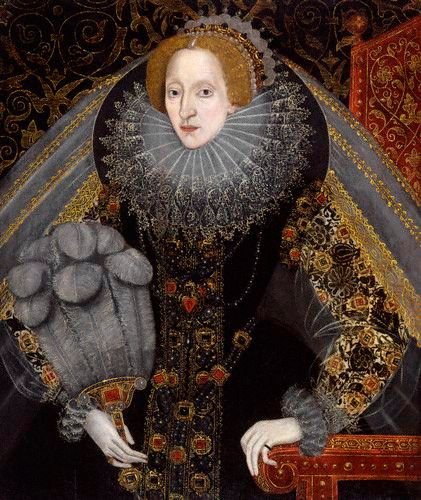Patronage in Art, lesson 1
Hello Steemians, here is a little something you might not know about patronage in Art,

Patronage is defined as a long term relationship between patron and client, where the patron holds the lion’s share of power and resources so it’s basically a business transaction when a work of art is commissioned and legal contract is drawn up and signed by both parties. It stipulates various elements about the work of art. Patron would naturally pay close attention to the development of any commissioned work and expect to participate in the creative process as an active collaborator. Those who paid for these works could also have been seen as contributing to the common weal and as possessing those virtues they were helping to promote. Patronage has a moral and social rather than a legal basis. It is now virtually undisputed that social patronage, intersecting with the social trinity of the family, friends and neighbours, fuelled the engine of the Florentine social and political machine during the fifteenth century and has become an assumption crucial to many analytical approaches to Renaissance art over the last century like interest in the physical manifestation of the house accompanying the renewed consideration of the family as a social unit.
The family was a key component of identity in Renaissance Florence is not under dispute. An appreciation of products of the new learning was not confined to a small literary elite. Many Florentines of a much lower social status took part in and, concomitantly, created a “common culture”. This culture allowed a broad audience to appreciate the new style of artworks commissioned by their social superiors. The motivations behind the purchase of visual arts are a process with a historical dynamic of its own. The study of patronage in its various guises remains a vibrant area of research. Patronage impacts almost everything: function, use of material, symbolism and subject matter. It is one of the most important aspects to consider with any work of art. It is often motivated by depicting their status, their power and in many cases their wealth and identity.
Patronage is motivated by depicting their status their power and their wealth and in many cases their identity. They believed that what they owned reflected of who they are. This idea is not completely unfamiliar for our contemporary lifestyle. Renaissance was the period of conspicuous consumption, which refers to consumers who buy expensive items to display wealth and income rather than to cover the real needs of the consumer.
The Renaissance produced many types of patrons: men and woman, individuals and families, religious and lay groups, civic bodies and princely rulers. Differing motivations and concerns influenced their relationships with artists and the art that was created. The overwhelming majority of Renaissance commissions were of a religious nature, but they served various ends. Comissions gave greater glory to a person or family, enhaced and embellished a city or a religious institution, honoured a saint or occurred as a credit to the Christian “account” of believers- or all of these at once. Patronage was also an important tool of rulership.
Thank you,
Maria
followed u and upvoted some post can u do that to for me pls :)
Upvoted!
I would love to read more of this kind of content on steemit. Thank you @artbaseline . You're what we need!
I would love to read more of your art anecdotes as well.
Excited for more. Merci!
Elena